By Richard Brown, EAA 1266320
This piece originally ran in the November 2024 issue of EAA Sport Aviation magazine.
My wife and I were sitting in an Oklahoma City hotel room when I received a text from Brenda with ArtCraft Paint, “Hey! Congratulations, we are here and just saw you won!” They were at the awards ceremony at Oshkosh, and our airplane had just won Outstanding Mooney in the Contemporary category.
It’s been said a pilot always falls in love with their first airplane. My first ride in a GA airplane was a friend’s 1961 Mooney M20B, and I was in love. It felt like sitting in a sports car and just looked fast.

Months before taking my checkride I started looking at ads. Six weeks after my checkride, with 58.6 hours in my logbook, I became the owner of a 1965 Mooney M20D.
I like to say that the longer I own my airplane the newer it is. I worked to develop a good relationship with an A&P/IA mechanic at my first airport and then again with a different one at my current airport when I moved. Those relationships have enabled me to do much of the work on the airplane under their supervision.
The first thing I did was to add shoulder belts. I still tell people it is the best upgrade I have made to the airplane, which I hope to never need. Next, out of necessity, would be the seat cushions.
The seats were comfortable, but during our first long flight from California to Utah I could feel something digging into my thighs. When we got home, I pulled the seats, removed the covers, and found the ends of the seat cushion springs had broken and were turned sideways. I bought some Confor foam and rebuilt the bottoms. Years later I would replace the cushions on the backs with Confor foam and wish I had not waited so long. I also replaced the old yokes with leather-wrapped ones from a Mooney Ovation.
The next major work was removing the vacuum instruments and adding glass plus a GPS nav. As a certified airplane there were limited autopilot options, and it looked like the Garmin GFC 500 would be the first approved, so I went with dual G5s.
A few years prior, I had installed a GTX 335 under A&P/IA supervision to become ADS-B compliant and was feeling more confident in my abilities. After discussion with my A&P/IA I decided to try putting in the G5s and a GNC 355 myself. With everything apart, I also upgraded the EDM 830 to an EDM 900 and the audio panel to a PS Engineering PMA450B.

After hours of studying and highlighting installation manuals, I opened up the panel with some trepidation. I spent hours on my back under the panel cleaning up the mess of wires that looked more like spaghetti. Fifty years of avionics changes left a lot of old wire, and I wanted to do it right. With the extra wire removed, I began the task of installation. There were a few times, looking at the wires coming out of the panel, through the cabin, and out the door, that I thought, “I wonder how much it will cost if I have to pay someone to fix this ….”
I went slow, double- and triple-checking every wire and pin, and then going back and checking again. When everything was installed and I turned on the power, all the smoke stayed in the boxes — success! I still needed to cut a new panel and flush mount the G5s and EDM 900.
When the GFC 500 was approved for my airplane, I put the airplane into the shop to have one installed. I have a D-model so I didn’t even have the wing leveler that other Mooneys came with. After four-and-a-half years and more than 500 hours of hand flying all around the southwest United States plus a trip to the East Coast, the autopilot was a game changer. It was like the heavens opened, the angels were singing, and someone was handing me a warm chocolate-chip cookie.
My wife compares upgrades to the airplane to other purchases. “That was a new fridge, washer/dryer, etc. ….” The new paint was “the master bath remodel,” but it was her idea. She wanted the airplane painted, and I was glad to have her support.
We sent it to ArtCraft Paint in Santa Maria, California, and worked with Flight Lines Design for the paint scheme. To say I was pleased is an understatement. I like straight lines on the short-body Mooneys, and they came up with a scheme keeping the feel of the vintage paint scheme with a modern touch. RedStone Studios developed my logo in the iconic shape of a Mooney tail, and it was incorporated into the scheme.
I must give credit for the Oshkosh award to the fine job they did, and to my wife for insisting we paint the airplane. This is our “forever plane,” and I have loved bringing it into the current century. As I said, the longer I own it the newer it is. I grin when I tell people how old it “really is.”



